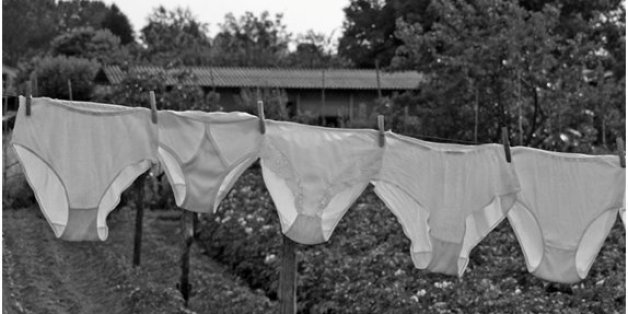Premature birth carries risks of health problems for a baby. Many things can contribute to a premature birth, and many women who give birth preterm do not have any identified risk factors. However, it is important to manage the risk factors we know about.
The amniotic sac is where the baby grows inside the mother’s uterus. A membrane surrounds the baby which is enveloped in amniotic fluid that protects the baby and aids development until it is born.
A rupture of the membrane that contains the amniotic fluid surrounding a foetus can present a risk for mother and baby.
When a pregnant woman experiences her “waters breaking” it is the amniotic sac that is rupturing and the fluid draining out, this should happen close to labour when the baby is ready to be born, which is why a break in the sac earlier in pregnancy can be a problem.
As well as being a risk factor for premature birth, any opening in the amniotic sac membrane provides a potential route for infection-causing bacteria to enter. An infection is risky for mother and baby and can also cause premature birth.
One early warning sign of possible rupture of the amniotic sac membrane is leakage of amniotic fluid from the vagina.
It can be difficult for a woman to tell if she is experiencing leakage because fluid may come from another source. Urinary incontinence is common during pregnancy and fluid may also be present as a normal vaginal discharge or because of an infection.
To give women access to a simple test for detecting amniotic fluid leakage, specially designed pantyliners have been developed.
They work by testing the pH level of any fluid that comes into contact with the pantyliner. The pH level of amniotic fluid is usually around 6.5-7.5 which is higher than normal vaginal pH and the liner will change colour when a higher pH is detected.
Some designs even detect ammonia in addition to pH levels to help differentiate between urine and amniotic fluid.
Women using the test are advised to remove the pantyliner once the suspected leakage has occurred and allow 10 minutes drying time. If a blue or green area is visible after the drying time this indicates amniotic fluid and women are advised to contact their doctor for further investigation.
The advantages are that this is a non-invasive home test, it can be worn for 12 hours meaning that a woman who is concerned and wants to check her vaginal fluid can monitor herself over the course of the day or night. This helps in detecting small or slow leakages that may be significant but otherwise hard to spot.

